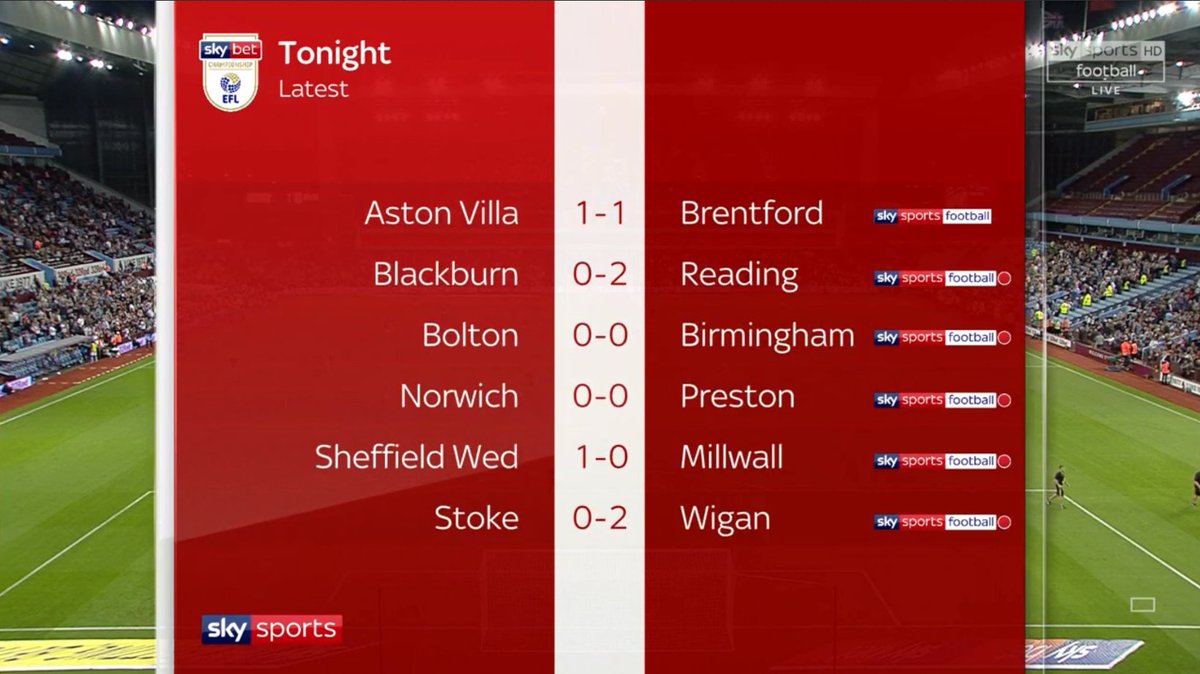
The Roar of the Net: Unpacking Football Leagues with the Most Goals Per Game
In the beautiful game of football, nothing ignites the crowd quite like the ball rippling the back of the net. Goals are the currency of entertainment, the climaxes of strategic battles, and the ultimate determinant of victory. While defensive masterclasses and tactical stalemates have their admirers, it’s the high-scoring thrillers that often leave an indelible mark on the memory of fans. But which leagues consistently deliver this goal-rich spectacle? Beyond the sheer number of goals, what factors contribute to a league becoming a hotbed for attacking football and prolific scoring?
This article delves into the fascinating world of goals per game (GPG) across various football leagues, identifying those that consistently rank high and exploring the multifaceted reasons behind their goal-laden narratives.
The Allure of High-Scoring Leagues
For the ardent football fan, a high GPG is synonymous with excitement. It implies open, end-to-end football, fewer nil-nil draws, and more dramatic comebacks. Leagues with a high average of goals per game often showcase:
- Attacking Philosophies: Teams are more inclined to push forward, commit players to attack, and prioritize offensive prowess over defensive rigidity.
- Tactical Freedom: Less emphasis on intricate defensive systems, allowing for more fluid movement and creative play in the final third.
- Entertainment Value: More goals naturally lead to more thrilling matches, keeping spectators on the edge of their seats from whistle to whistle.
- Player Development: A focus on attacking play can foster the growth of prolific strikers and creative midfielders, making these leagues attractive destinations for talent.
While the exact GPG figures fluctuate season by season due to various factors like managerial changes, player transfers, and even rule adjustments, certain leagues have historically, or currently, established reputations for being goal factories.
Key Factors Driving High Goals Per Game
Understanding why certain leagues are more goal-rich requires an examination of several interconnected elements:
-
Tactical Approaches and Managerial Philosophies:
- Attacking vs. Defensive Mindset: Some leagues foster a culture where attacking football is celebrated, and teams are encouraged to play expansively. Managers might favour high-pressing systems, quick transitions, and fluid attacking formations (e.g., 4-3-3, 3-4-3).
- Risk-Taking: A willingness to take risks, push full-backs high, and commit more players forward inherently creates more attacking opportunities, but also leaves teams vulnerable at the back, leading to more goals for both sides.
-
Player Quality and Squad Depth:
- Prolific Strikers and Creative Midfielders: The presence of world-class finishers and highly creative playmakers significantly impacts goal output. A league rich in such talent will inevitably see more goals.
- Defensive Weaknesses: Conversely, leagues where defensive quality is relatively lower across the board, or where teams struggle with defensive organisation, can contribute to higher GPG as opponents find it easier to score.
- Financial Disparities: In leagues where a few dominant teams vastly outspend the rest, these powerhouses often rack up huge scores against weaker opposition, inflating the overall GPG.
-
Refereeing and VAR Implementation:
- Penalty Awards: Stricter interpretations of fouls in the box or handball rules can lead to more penalties, which are high-percentage scoring opportunities.
- Flow of Play: Refereeing styles that allow for more continuous play and less whistle-blowing can lead to more attacking rhythm and chances. VAR, while controversial, can also lead to more penalties being awarded for incidents missed by the on-field referee.
-
Pitch Conditions and Climate:
- Pristine Pitches: Excellent playing surfaces facilitate quicker passing, smoother dribbling, and more incisive attacking moves.
- Climate: Very hot or cold climates can impact player stamina and intensity, potentially leading to more errors and goals in the latter stages of games.
-
League Structure and Competition Intensity:
- Promotion/Relegation Pressure: Intense battles at both ends of the table can lead to desperate, open play, particularly in the final weeks of a season.
- Number of Teams: A league with fewer teams might have a higher average if the quality difference between the top and bottom is vast.
Leagues Renowned for Their Goal-Rich Encounters
While specific numbers vary, several leagues consistently stand out when discussing high goals per game:
-
Dutch Eredivisie:
- Why it’s high-scoring: The Eredivisie has long been synonymous with attacking, free-flowing football. There’s a strong emphasis on youth development, technical skill, and attractive play. Tactical rigidity is often less pronounced than in other major European leagues, leading to more open games. Defenses can sometimes be less robust, and the focus on cultivating attacking talent means exciting forwards thrive. Ajax, PSV, and Feyenoord often score prolifically against lesser teams, contributing significantly to the overall average.
-
German Bundesliga:
- Why it’s high-scoring: The Bundesliga is celebrated for its fast-paced, high-intensity, and direct style of play. The "Gegenpressing" philosophy, popularised by German coaches, encourages rapid turnovers and immediate attacks, leading to end-to-end action. Teams are often tactically aggressive, committing numbers forward. The presence of prolific scorers like Robert Lewandowski (during his time at Bayern) and the general attacking prowess of teams like Bayern Munich and Borussia Dortmund often results in high-scoring encounters, particularly when facing less defensively sound opposition. Fan culture also encourages an attacking spectacle.
-
Austrian Bundesliga & Belgian Pro League:
- Why they’re high-scoring: Often overlooked by mainstream media, these leagues consistently feature high GPG figures. Similar to the Eredivisie, there’s often less defensive pragmatism and more of an emphasis on attacking football. They also serve as development leagues, where young attacking talents hone their skills before moving to bigger leagues. The financial disparity between top clubs (e.g., RB Salzburg in Austria, Club Brugge in Belgium) and the rest can lead to dominant teams racking up significant goal differences.
-
Scottish Premiership:
- Why it’s high-scoring: The Scottish Premiership’s GPG is often inflated by the dominance of the "Old Firm" rivals, Celtic and Rangers. These two clubs consistently score a vast number of goals against the other teams in the league, who often struggle to compete financially or in terms of squad depth. While the matches between Celtic and Rangers themselves can be tight, their fixtures against the rest of the league often result in one-sided scorelines, driving up the overall average.
-
English Premier League:
- Why it’s high-scoring (relatively): While not always the absolute highest GPG globally, the Premier League consistently ranks among the top European leagues for goals. Its high intensity, end-to-end nature, and tactical diversity contribute to many goals. The league attracts some of the world’s best attacking talent and features managers who often favour aggressive, offensive systems. The financial power means even mid-table teams can acquire quality players, leading to exciting matches across the board, though defensive solidity has seen an increase in recent years among top teams.
-
Italian Serie A (Evolving Trend):
- Why it’s shifting: Historically, Serie A was synonymous with "Catenaccio" – ultra-defensive, tactical football with low scorelines. However, in recent years, there’s been a noticeable shift towards more attacking play. Modern Italian coaches have embraced more expansive tactics, and the league has seen an influx of creative players. This evolution has led to a significant increase in GPG, making Serie A much more entertaining and goal-rich than its traditional reputation might suggest.
The Dynamic Nature of Goal Averages
It’s crucial to remember that GPG figures are dynamic. A league’s average can change significantly from one season to the next due to:
- New Managerial Appointments: A defensive-minded coach replacing an attacking one can lower the average, and vice versa.
- Key Player Transfers: The arrival or departure of a prolific striker or a solid defender can immediately impact a team’s, and thus the league’s, goal metrics.
- Rule Changes: Subtle alterations to offside rules, VAR protocols, or handball interpretations can influence goal counts.
- Emergence of Dominant Teams: A team hitting an exceptional run of form and scoring freely can skew the league’s average upwards.
Beyond the Numbers: The Spectacle
While "goals per game" is a valuable statistical metric, it’s merely a quantitative measure of a much richer qualitative experience. The true allure of a high-scoring league lies in the unpredictable drama, the last-minute winners, the thrilling comebacks, and the sheer joy of witnessing attacking football played at its finest. It’s about the narrative woven by each goal, each assist, and each desperate defensive block.
Ultimately, whether a league prioritises defensive solidity or attacking flair, the common thread that binds all football fans is the anticipation of that moment when the net bulges. Leagues with high goals per game simply offer more of those moments, ensuring a consistently thrilling spectacle for their global audience. They remind us that at its heart, football is a game of skill, passion, and, most gloriously, goals.



